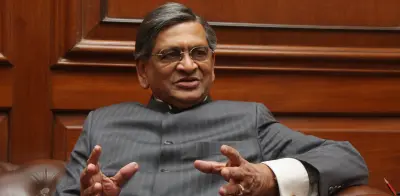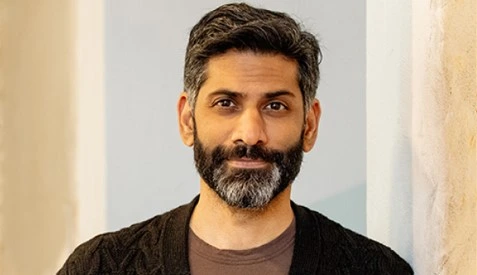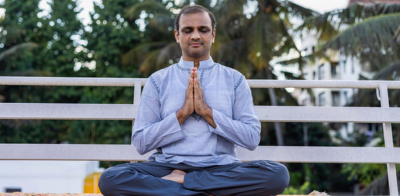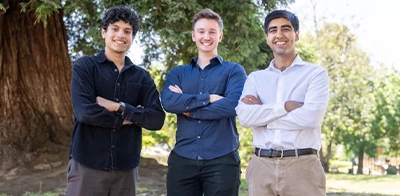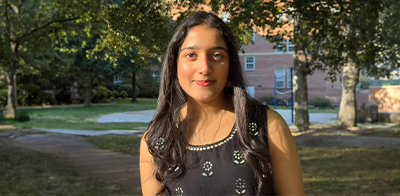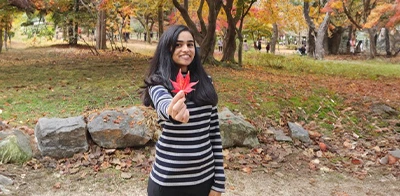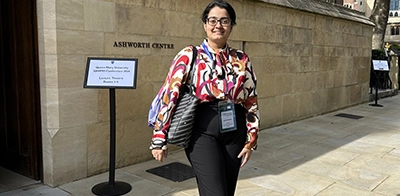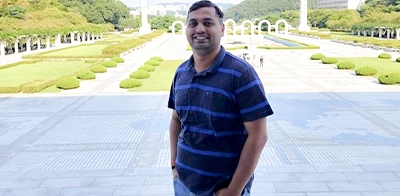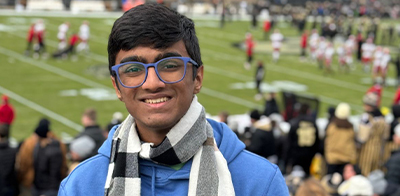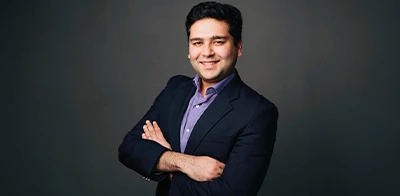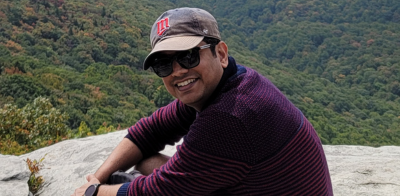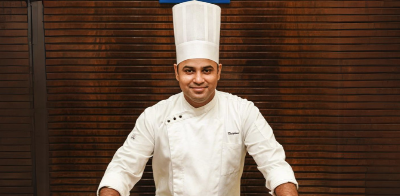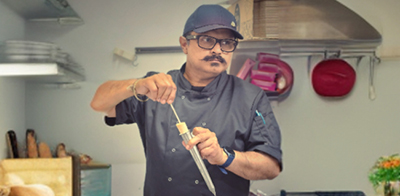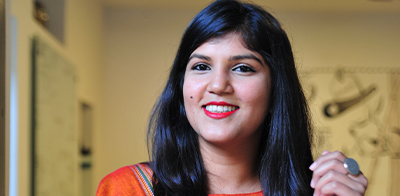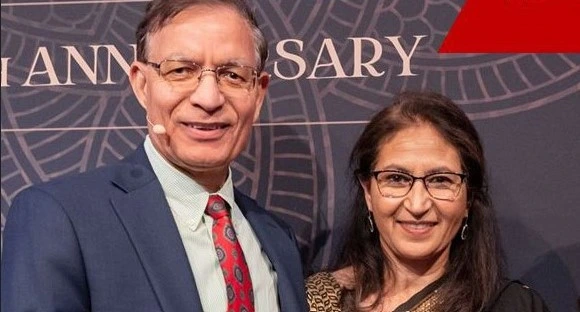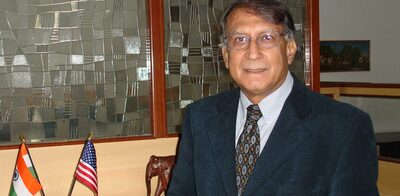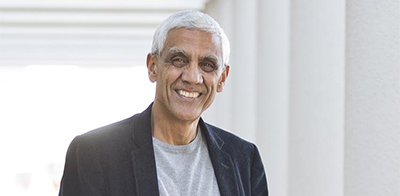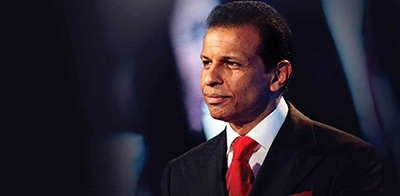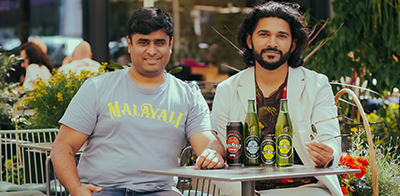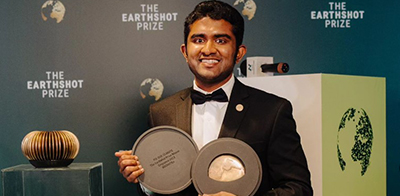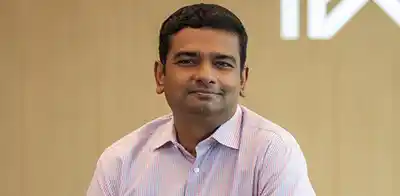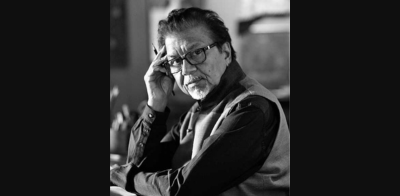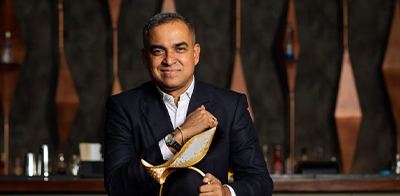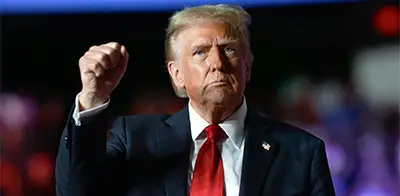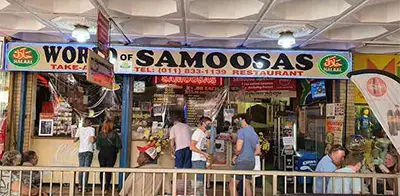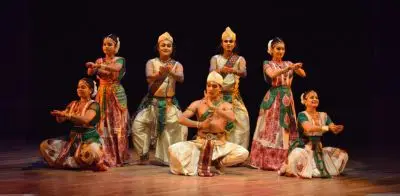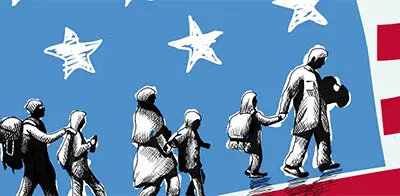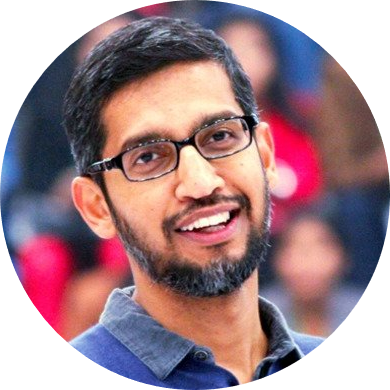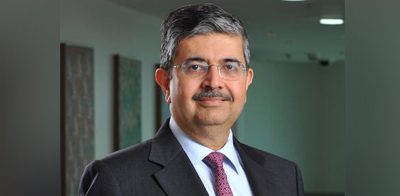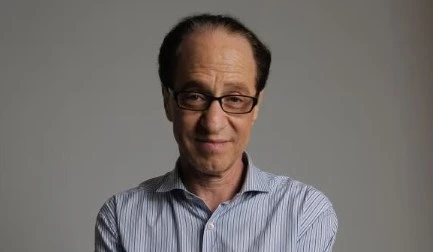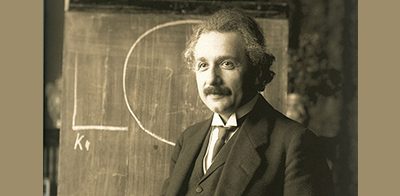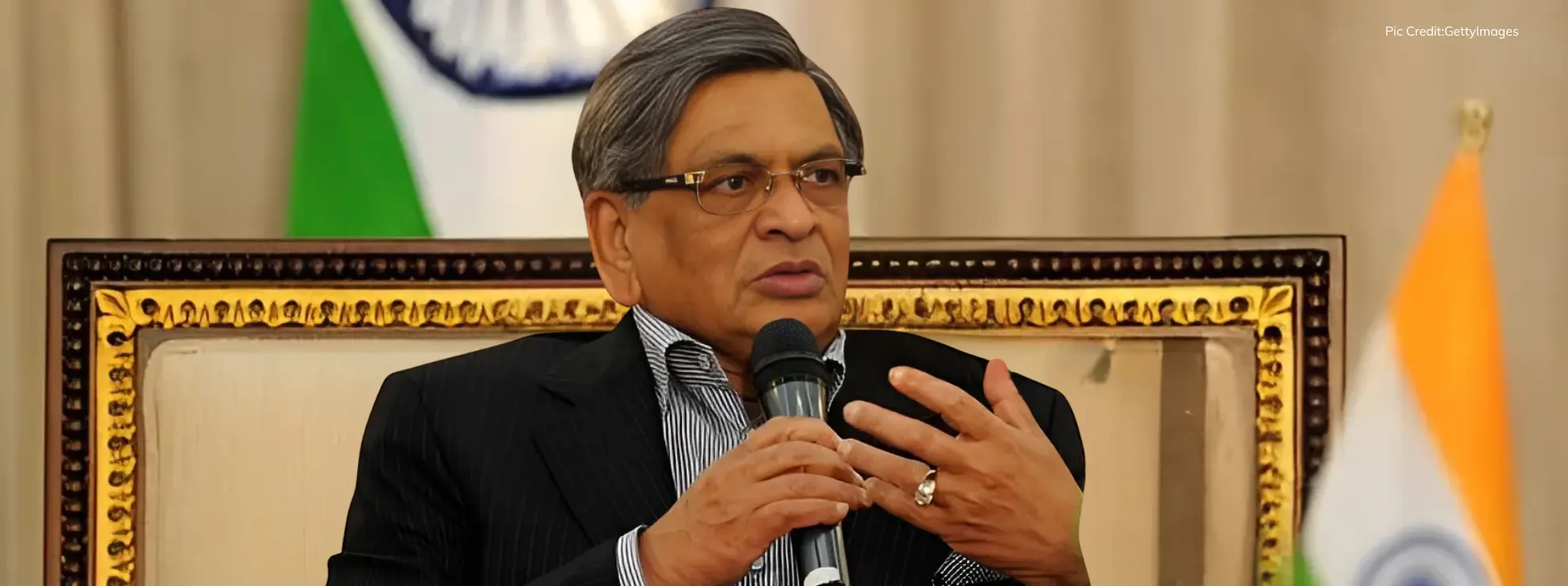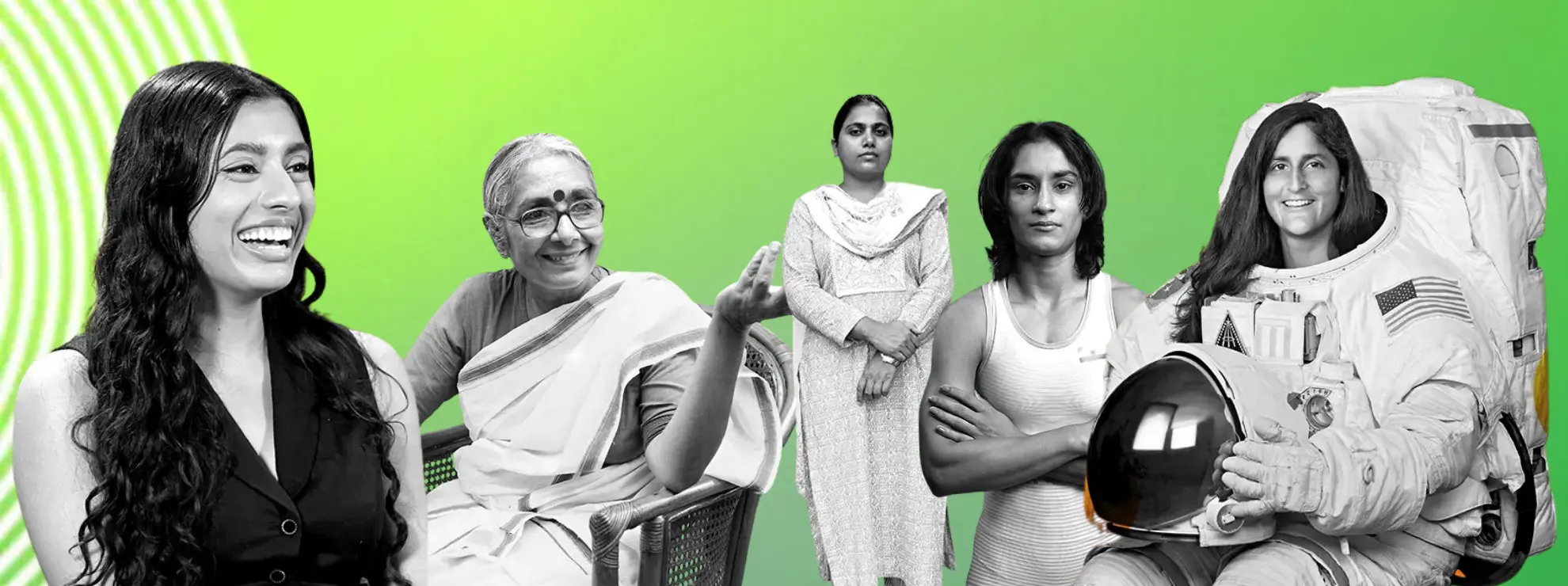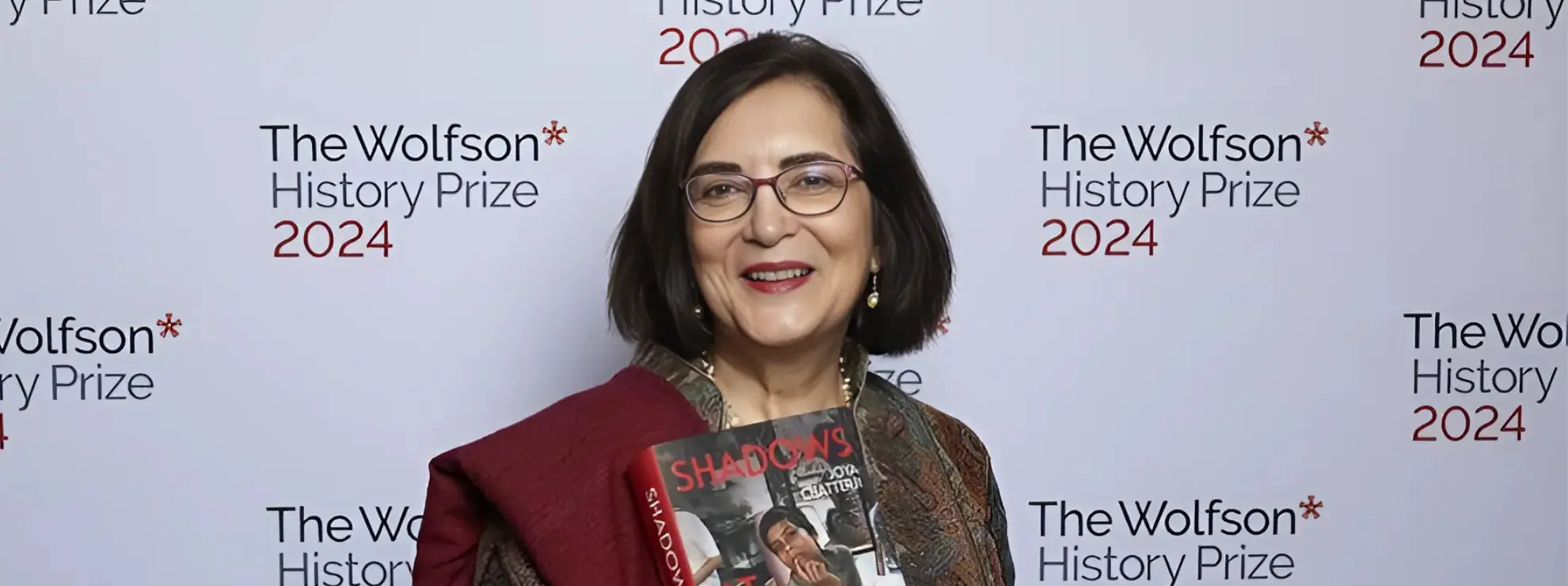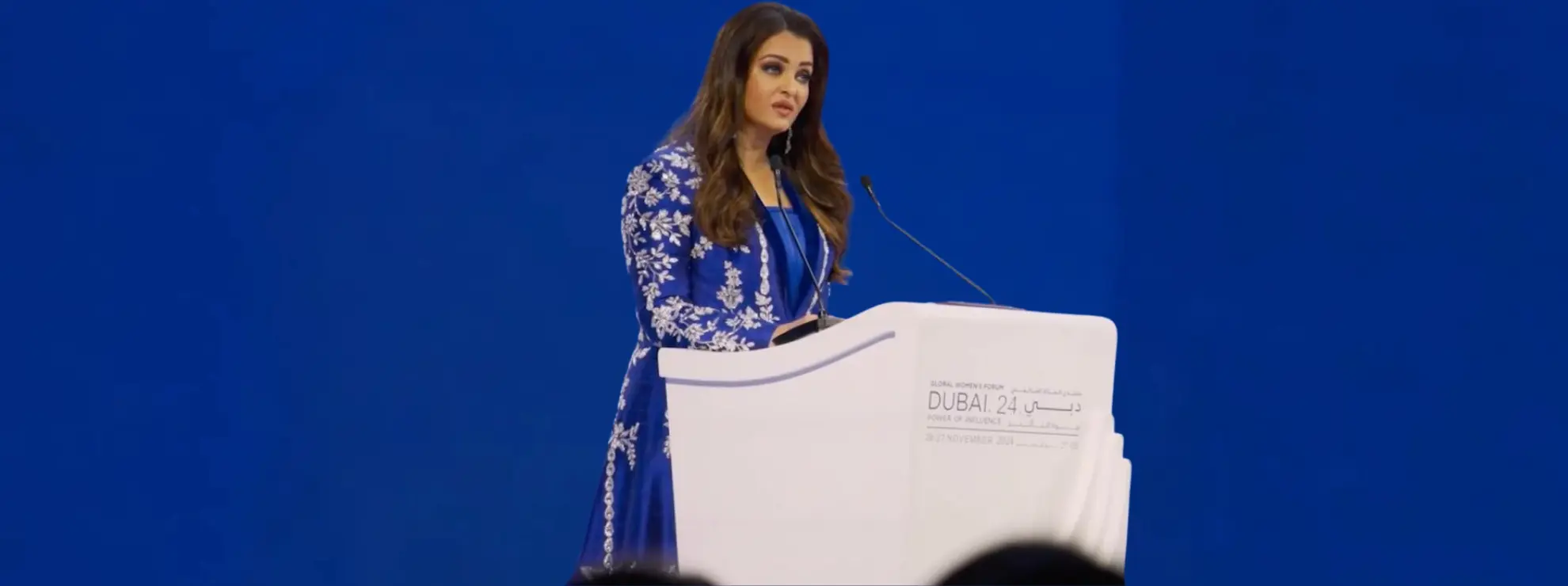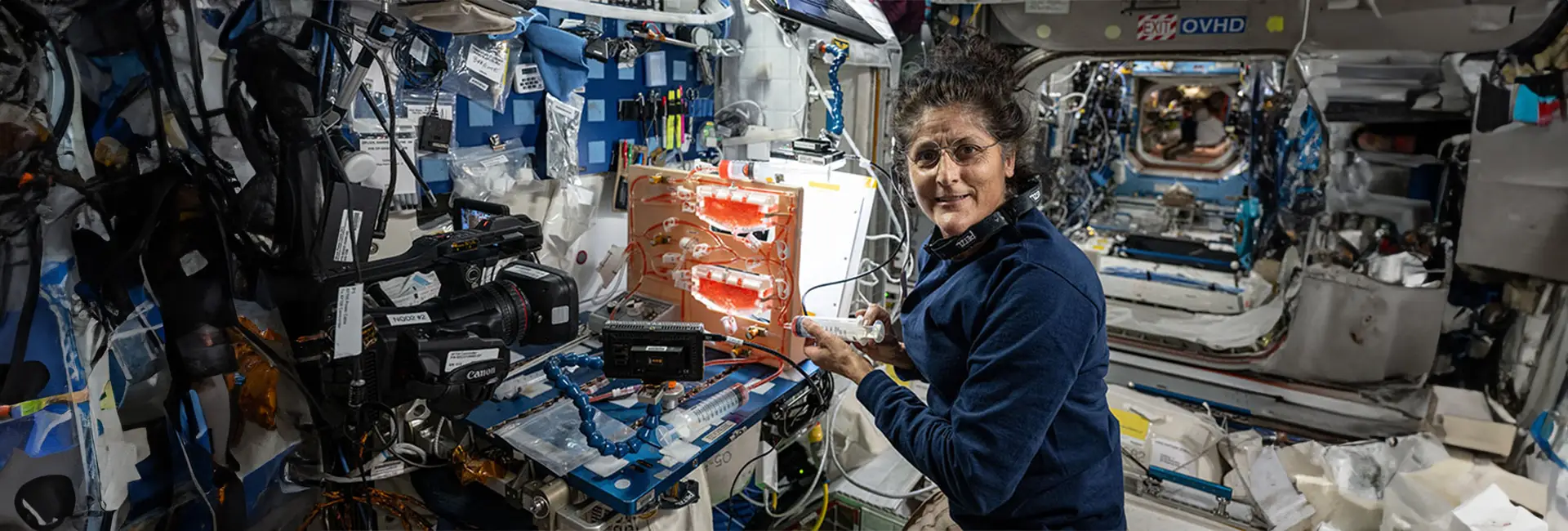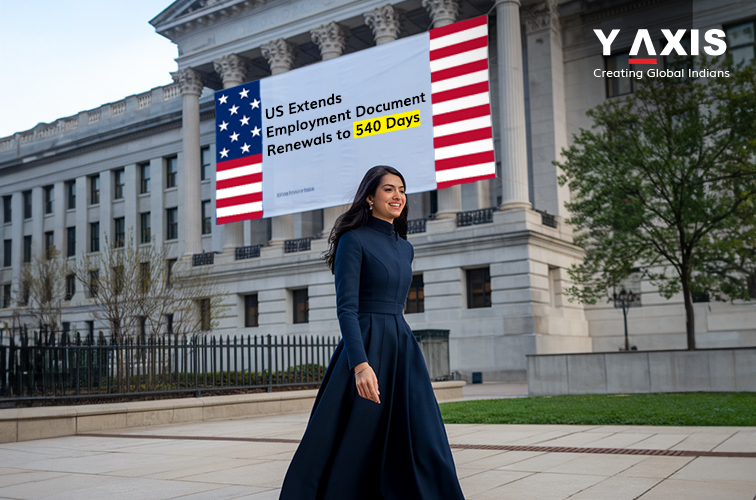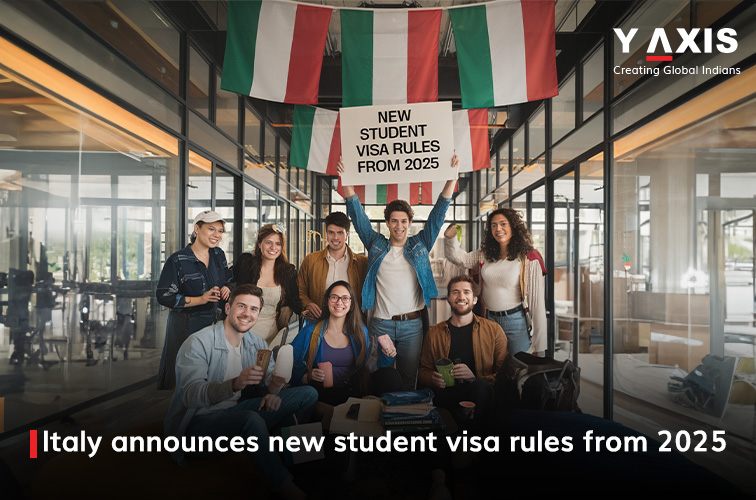GLOBAL INDIAN | EXCLUSIVE STORIES
Stories that are researched and written by our editorial team
GLOBAL INDIAN YOUTH | EXCLUSIVE STORIES
Stories that are researched and written by our editorial team
GLOBAL INDIAN | CAMPUS LIFE
Want to contribute? Write to us at editor@globalindian.com
GLOBAL INDIAN | WORK LIFE
Stories that are researched and written by our editorial team
GLOBAL INDIAN | CUISINE
Stories that are researched and written by our editorial team
Tell your Global Indian Story

Meet Annie Divya: The Indian Pilot Breaking Barriers at 35,000 Feet
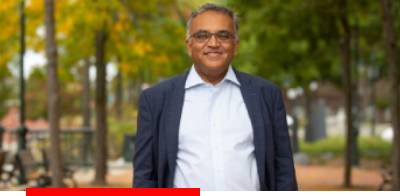
Dr. Ashish Jha: Leading the Fight Against Global Health Crises
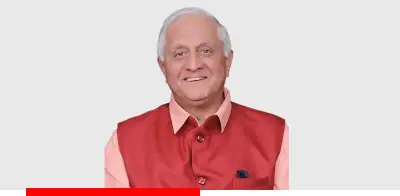
R. Gopalakrishnan: Shaping Corporate India with Wisdom
GLOBAL INDIAN | MARKETPLACE
Stories that are researched and written by our editorial team
Global Indian | ZIP CODE 
Global Indians | Giving Back
Ideas, initiatives and projects that are making a difference
Global Indian | Startups & Entrepreneurs
Global Indian | Culture
Global Indian | Good Reads
Top reads curated from the internet
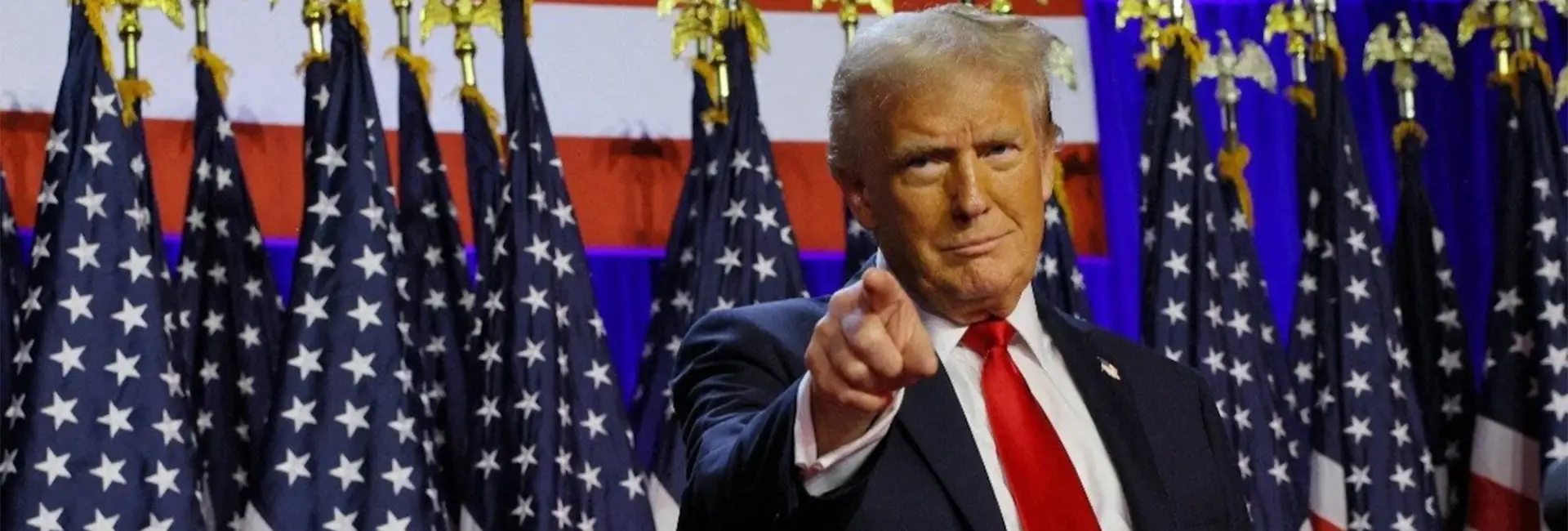
End of birthright US citizenship: What it would mean for lakhs of Indians
The article first appeared in Business Standard on Dec 10, 2024. The potential end of birthright citizenship in the United States, as proposed by President-elect Donald Trump, could have significant repercussions for the Indian-American community. Birthright citizenship, rooted in the 14th Amendment, ensures that all individuals born on U.S. soil acquire citizenship regardless of their parents' legal status. However, Trump has criticized this policy as a driver of illegal immigration and "birth tourism" and has suggested curtailing it through executive orders or administrative measures. The Indian-American community, comprising over 5.4 million individuals or 1.47% of the U.S. population, could face profound challenges if this policy changes. Many within this community are either immigrants or the U.S.-born children of immigrants. For families reliant on H-1B visas, which tie their legal status to employment, the end of birthright citizenship could result in their children being denied the automatic rights and opportunities associated with U.S. citizenship. These children would instead inherit their parents' visa limitations, potentially restricting access to education, jobs, and other benefits typically available to U.S. citizens. Furthermore, undocumented Indian immigrants and those with temporary statuses would be especially vulnerable. Children born under such circumstances might remain stateless or face prolonged legal and bureaucratic hurdles to establish a secure status. This would exacerbate the precarity of their lives and potentially increase their reliance on limited and restrictive visa programs. Beyond individual families, such a policy shift could have broader implications for Indian-American contributions to the U.S. economy and society. Indian Americans are among the most educated and economically successful ethnic groups in the United States. A significant portion works in sectors like technology, medicine, and academia, often contributing to innovation and economic growth. Restricting citizenship could dissuade talented individuals from migrating to or remaining in the U.S., leading to a potential "brain drain" and loss of skilled workers. Legally, the proposed policy faces substantial challenges, as birthright citizenship is enshrined in the Constitution. Amending the Constitution is a complex and arduous process requiring broad political consensus, which makes an outright repeal unlikely. However, attempts to narrow its interpretation through executive orders could still generate uncertainty and provoke extensive legal battles, further destabilizing immigrant communities. Find more Global Indian Top Reads Reference: Business Standard
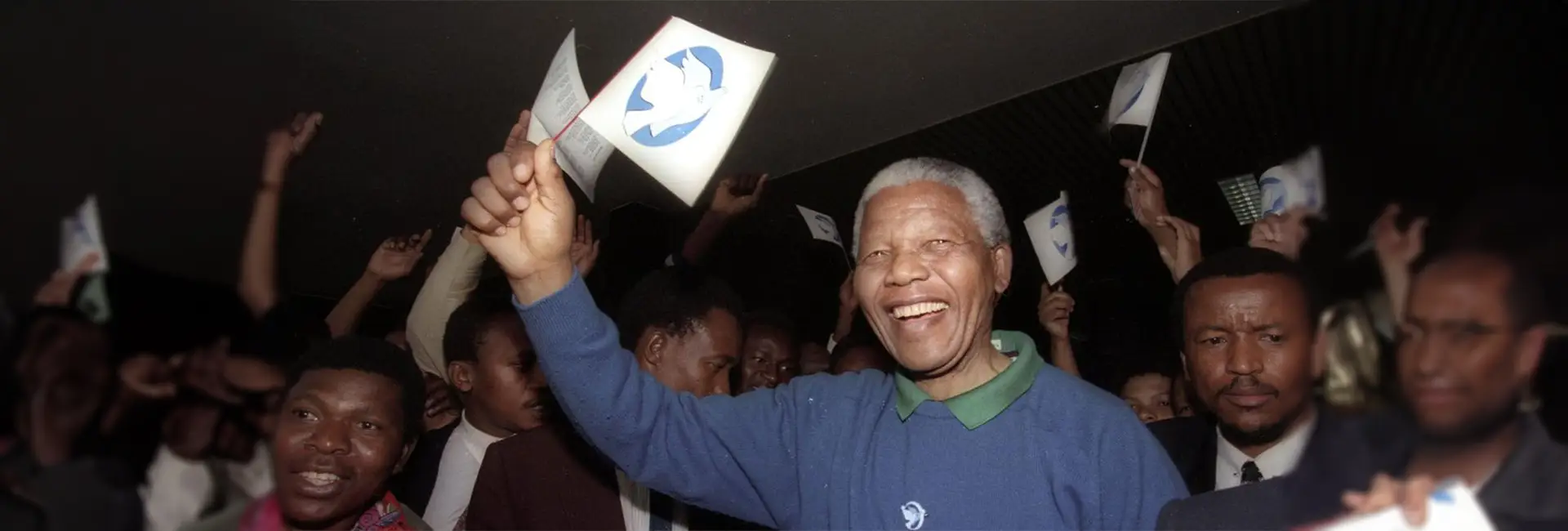
How Indian food helped in the fight against apartheid in South Africa
The article first appeared in Scroll.in on Sep 18, 2024. Indian food played an unexpected yet significant role in fostering connections and solidarity during South Africa's fight against apartheid. With the arrival of over 150,000 indentured Indian laborers between 1860 and 1911, brought by British colonial rulers to work in sugar fields, Indian culinary traditions became deeply woven into the fabric of South African culture. In Durban, the heart of KwaZulu-Natal province, Indian food evolved uniquely to suit the local context. A notable creation is the bunny chow, a hollowed-out bread loaf filled with curry. This dish became a symbol of shared culture and sustenance across racial lines. Its accessibility and flavorful appeal resonated with people from various communities, making it a unifying culinary symbol. Similarly, establishments like the famous World of Samoosa became popular across all communities, drawing long queues of people eager to savor its iconic offerings. Such places became hubs of cultural exchange, transcending racial divisions even during apartheid. Indian cuisine’s broader cultural impact extended to moments of resistance against racial segregation. Indian food was a shared experience in activist circles, bridging gaps between South African Indians and the oppressed African majority. In such settings, meals were more than sustenance; they were moments of solidarity and exchange, highlighting shared struggles under colonial and apartheid rule. The power of Indian food to unite was acknowledged even during periods of racial tension. In 2002, Mbongeni Ngema, a celebrated South African playwright, sparked controversy with his song AmaNdiya, which criticized the Indian community’s perceived economic dominance in Durban. Despite its provocative message, Ngema ironically cited his love for Indian food as evidence of cultural appreciation. His reference to roti and paaku (curry) underscored how deeply Indian cuisine had permeated South African culture, transcending divisions even amidst discord. Nelson Mandela, South Africa’s moral compass, denounced divisive rhetoric like Ngema’s, promoting unity in the new democracy. Indian cuisine, in this context, symbolized the enduring bonds forged between communities. Publications like Indian Delights, a landmark cookbook by Durban’s Women’s Cultural Group, further celebrated this culinary heritage, cementing its place in South African identity. The legacy of Indian food in South Africa is more than a story of migration; it is a testament to resilience, cultural exchange, and the unifying power of shared experiences. From simple sugar fields to beloved spots like the World of Samoosa, Indian cuisine remains a flavorful thread connecting diverse communities in a nation shaped by its fight for equality. Find more Global Indian Top Reads Reference: scroll.in
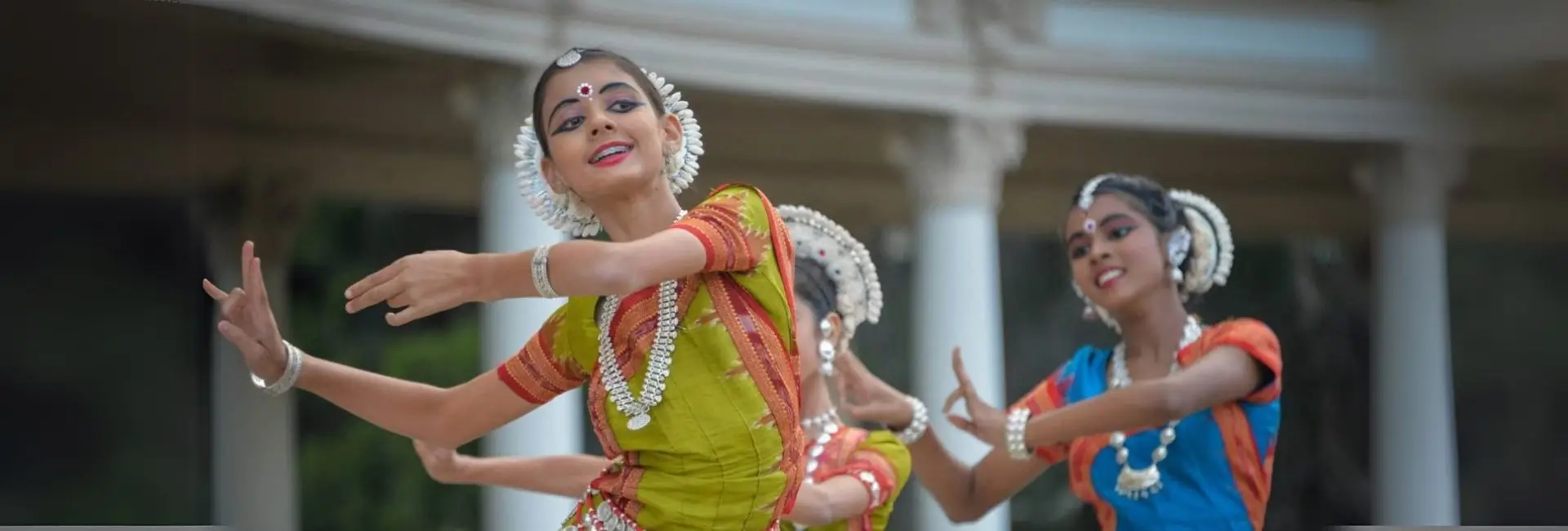
How India can leverage its cultural riches to stimulate its economy
The article first appeared in The Economic Times on Jul 6, 2024. India’s rich cultural heritage and historical economic prowess are vital assets that can drive its future growth. Once contributing over 25% of global GDP and controlling 28% of world trade, India’s civilization has long been a center of art, culture, music, dance, and commerce. However, centuries of foreign occupation depleted India’s wealth and cultural resources, hindering its progress. To reclaim its global leadership, India must first restore its economic strength, using its cultural wealth as a catalyst for growth. The cultural economy represents a powerful yet underutilized resource in India. While Indian culture is globally admired, it remains largely disconnected from economic growth strategies. The key to unlocking its potential lies in understanding the interrelationship between culture and economy and monetizing cultural assets in a sustainable manner. The Indian government’s role is crucial in this process. Cultural Economic Governance—through policy formulation, resource allocation, and financial instruments—is essential for the growth of this sector. India’s vast cultural sector directly employs millions of artisans, performers, and workers in handicrafts, with many still lacking access to formal training or market alignment. Investing in skill-building, vocational training, and capacity-building for artisans can yield significant economic returns, enhancing productivity and expanding market reach. A UNESCO survey reveals that 70% of artisans feel their skills do not meet current market demands, indicating the need for reforms in the cultural education system. By establishing social and economic linkages for traditional art forms and performing arts, India can create substantial employment and revenue streams. For instance, India’s film industry, valued at Rs 180,000 crore annually, holds vast untapped global potential. Similarly, the growing global popularity of yoga—worth $15 billion in the U.S. alone—presents an opportunity to boost India’s economy if managed strategically. Furthermore, India’s spiritual tourism, driven by its temples and festivals, plays a crucial role in the economy. The redevelopment of sites like the Ram Temple in Ayodhya and the Kashi Vishwanath Temple has increased tourism significantly, showcasing the potential of spiritual landmarks as economic hubs. Festivals, such as the Kumbh Mela, generate billions in revenue, supporting local businesses and infrastructure. Find more Global Indian Tops Reads Reference: The Economic Times

Living the American dream: A challenging journey for Indian immigrants
The article first appeared in The Economic Times on Nov 5, 2024. For many Indian immigrants, the pursuit of the American Dream often feels like a distant, elusive goal. The reality of navigating the U.S. immigration system is far more complex and challenging than it may seem from the outside. For many, obtaining permanent residency and citizenship becomes a long, uncertain, and emotionally draining process. A prime example of this struggle is the H-1B visa, a popular route for skilled Indian workers. Despite its appeal, the H-1B program is fraught with obstacles, particularly the annual cap on visas, which leaves many qualified applicants excluded due to the lottery system. Ajeet, an immigrant from India, quickly realized that the H-1B route wasn’t a viable option for him. He calls the U.S. immigration system "broken" and points out that the seven percent quota allocated to countries like India, which has a population of over a billion, is grossly unfair. Disillusioned with the lottery system, Ajeet decided to take a different route—he started his own business and sponsored his own visa. He now runs a fast-casual Indian restaurant serving healthy, quick Indian food. Meeta Damani’s story highlights the struggles faced by dependents on H-4 visas, who were previously barred from working in the U.S. For several years, Meeta, who came to the U.S. 20 years ago, could not work due to her dependent status, which led her into depression. She became passionate about raising awareness of this issue and even made a documentary on it. While some changes have been made, Meeta believes a permanent solution is needed to address the challenges faced by H-4 dependents. Spouses and children of H-1B holders also face significant difficulties. While they often remain on dependent visas, many are not permitted to work, causing financial stress and emotional strain. In some cases, children may "age out" of the visa system at 21, leading to the risk of being forced to leave the U.S. Rahael, an immigrant who has been in the U.S. for 14 years, faces this challenge as her 17-year-old daughter is on the verge of aging out of her dependent status. For Indian immigrants, the wait for a green card is particularly long, due to per-country limits, with some waiting decades for a chance at permanent residency. The resulting uncertainty creates a sense of frustration and lost opportunity. Immigration lawyer Sonal Sharma frequently witnesses the emotional toll these delays take on her clients, including one who lost her husband and was left without a home. Despite these obstacles, many immigrants remain hopeful. Priya, a marketing professional and social media influencer, along with her husband, has become an advocate for others navigating the immigration system. They encourage their followers to remain resilient but acknowledge that the process should not be so difficult. In the end, while the American Dream remains within reach for many, the road to it is filled with hurdles. The hope is that the U.S. immigration system will be reformed to provide more clarity and fairness for immigrants. Find More Global Indian Top Reads Reference: The Economic Times
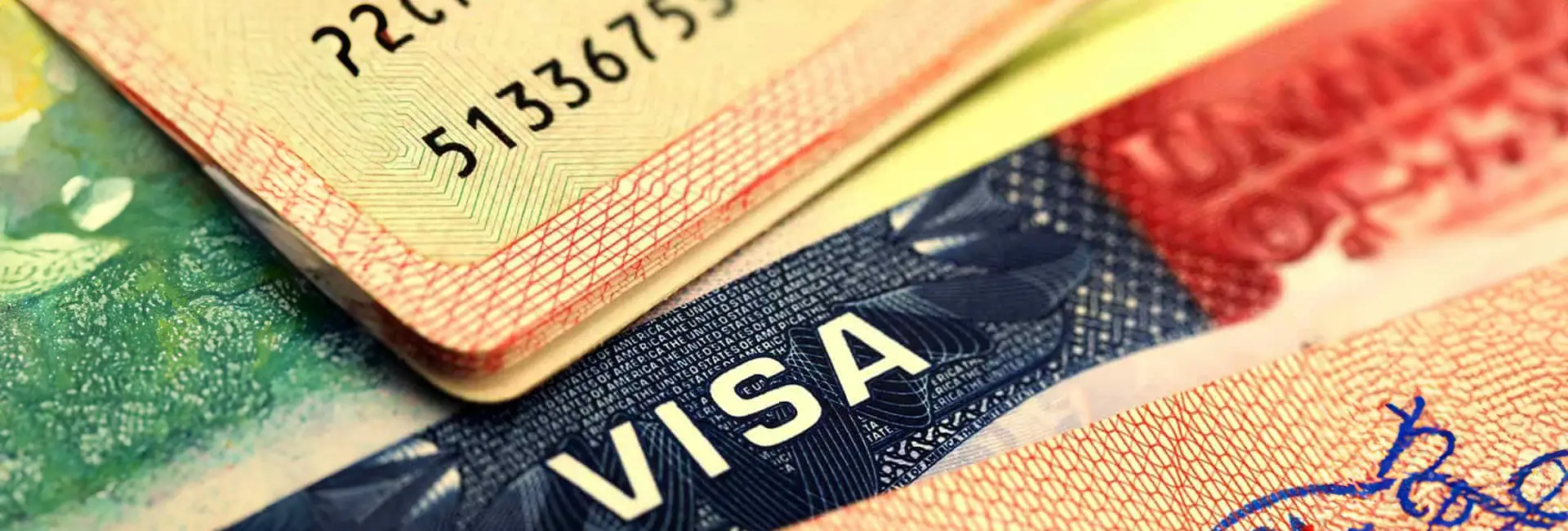
Why is it so hard for Indians to get a visa?
The article first appeared in The Economist on Nov 21, 2024. Applying for a Schengen visa from India can be a complex and sometimes frustrating experience. For many applicants, it is a process that strips away any sense of ease, requiring not only meticulous documentation but also patience. Indians seeking to visit the 27 countries of the Schengen Zone, which are part of Europe's border-free area, must navigate a labyrinth of forms, financial proof, and other requirements. A Schengen visa allows its holder to travel across multiple European countries for up to 90 days within a 180-day period. However, securing this visa is far from straightforward. The application process includes filling out detailed forms, providing months of bank statements, pay slips, and tax returns, as well as showing proof of accommodation and travel insurance. Applicants must also submit a flight itinerary, and in some cases, a cover letter explaining the purpose of their trip. For first-time applicants, the Schengen visa process can seem overwhelming, especially since it requires more than just completing an online form. Indian travelers must prove their financial stability by submitting documents like bank statements and tax returns that meet the Schengen Area’s standards. The visa interview itself can be another hurdle, as Indian applicants are often asked detailed questions about their travel plans, financial situation, and ties to India. What makes the application process even more challenging is that the visa is usually granted only for the duration of the trip. For frequent travelers, this means the entire process must be repeated each time they want to visit Europe, leading to an ongoing cycle of paperwork and stress. Despite these challenges, the Schengen visa offers a unique opportunity for Indians to travel freely across Europe without the need for additional border checks between member countries. However, to successfully obtain a visa, applicants must start the process well in advance, ensure that they meet all documentation requirements, and prepare thoroughly for their visa interview. Whether applying for tourism, business, or transit, understanding the specific requirements of the Schengen visa will ultimately help travelers avoid unnecessary delays. While the process can be daunting, for many, the reward is the ability to explore Europe’s rich culture, history, and landscapes without the hassle of dealing with border controls. By preparing carefully and following the proper steps, Indian travelers can overcome the hurdles of the Schengen visa application and enjoy the ultimate European adventure. Find more Global Indian Top Reads Reference: The Economist
Global Indian | World in Numbers
Statistically speaking
Global Indian | Did You Know?
Fun facts about India and Global Indians
Global Indian | Quotes
Global Indian | Opportunities
Powered by 
Publisher’s Corner

Xavier Augustin
Global Indians are highly-skilled and dynamic risk-takers, the drivers of Brand India around the world. The stage is set and it belongs to you. What’s your story?

 Read
Read
